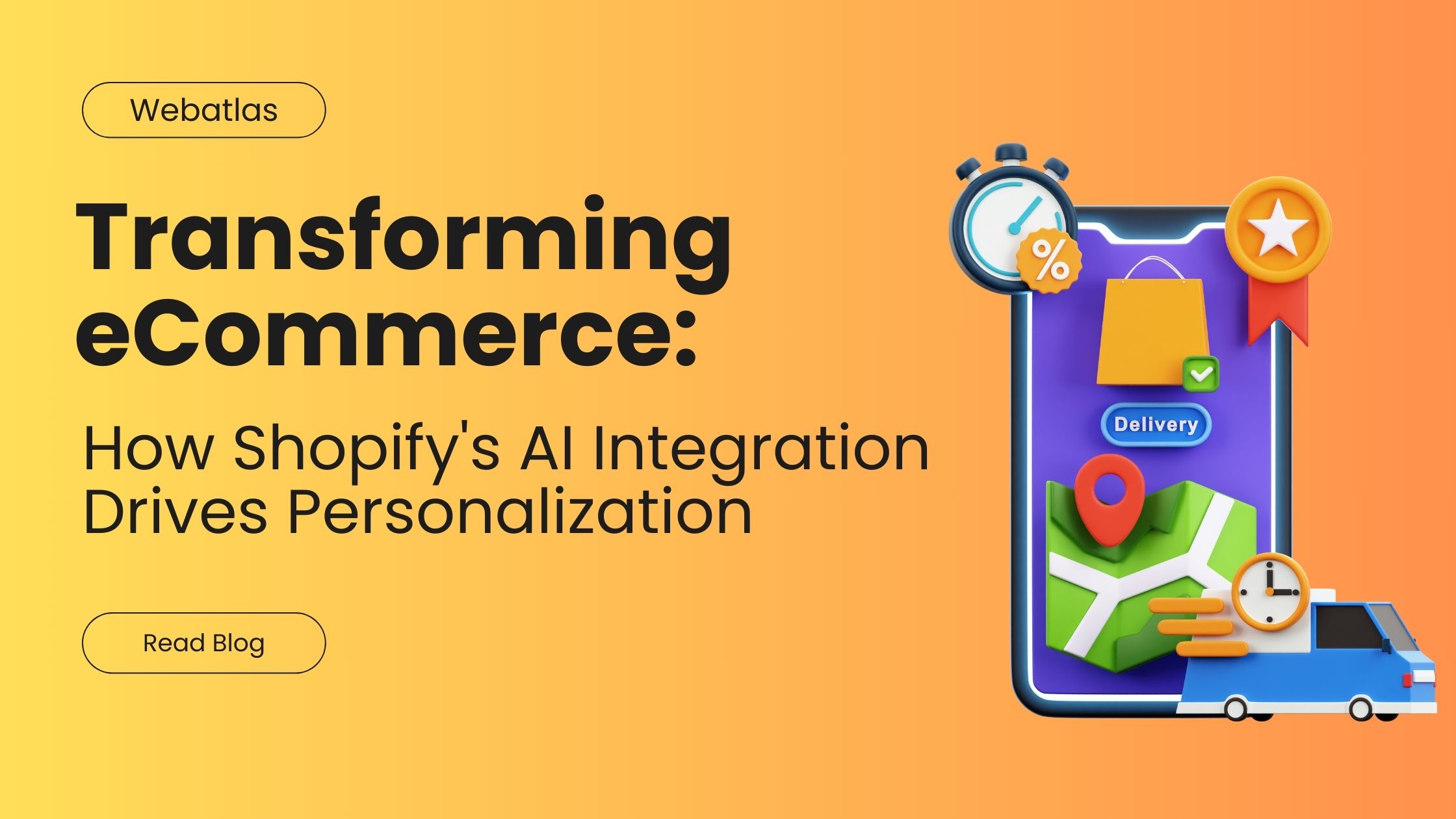Comprehensive Guide to React App Testing: Best Practices and Tools for 2025

React has emerged as a dominant framework for building dynamic and efficient user interfaces, but ensuring that your React app is fully functional and free from bugs requires robust testing strategies. As we move into 2025, testing methodologies for React apps continue to evolve, with new tools and practices gaining traction. This guide provides a comprehensive overview of the best practices and tools for testing React applications, helping developers ensure reliability and performance.
Why Testing React Apps Is Crucial
In today’s competitive landscape, users demand seamless and error-free experiences across web applications. A small bug can lead to a frustrating user experience, loss of customers, and damage to a brand’s reputation. Testing React applications ensures that the UI works as expected, data flows correctly between components, and the overall app remains stable under various conditions.
By testing React apps thoroughly, developers can:
- Identify bugs before they reach production.
- Ensure components behave correctly across different devices and browsers.
- Validate the integrity of the app’s logic and user interactions.
- Improve the maintainability of the codebase, ensuring future updates do not introduce new issues.
Also Read- Introduction to Web App Testing: Why Automation Matters
Key Testing Types for React Applications
When testing React applications, there are several testing types that developers should be aware of:
- Unit Testing Unit testing focuses on testing individual components or functions. Since React apps are component-based, unit tests are particularly useful to ensure that each component behaves as expected in isolation.
Best Practice: Use tools like Jest or Mocha for unit testing. Ensure that your components are tested with different props and state changes, covering as many edge cases as possible.
- Integration Testing Integration tests verify the interactions between different components and services. These tests are more holistic than unit tests, ensuring that components work well together in a system.
Best Practice: Tools like React Testing Library are excellent for integration tests. Simulate real user interactions (e.g., button clicks, form submissions) to verify how different components interact with each other.
- End-to-End (E2E) Testing E2E testing simulates real-world scenarios to test the entire flow of the application, from the front end to the back end. These tests verify the app’s functionality by mimicking how users interact with it.
Best Practice: Cypress and Selenium are popular E2E testing tools for React apps. Focus on testing user-critical paths, such as logging in, making transactions, or submitting forms.
- Performance Testing Performance testing ensures that the app loads quickly and performs smoothly across different conditions. It’s especially important in React applications where user experience is key.
Best Practice: Use tools like Lighthouse or WebPageTest to analyze your app’s performance and identify areas for improvement, such as optimizing component rendering and reducing bundle sizes.
- Accessibility Testing Accessibility testing is often overlooked but crucial in making sure the app is usable by all users, including those with disabilities. This is also essential for compliance with web accessibility standards (e.g., WCAG).
Best Practice: Tools like Axe or Lighthouse’s accessibility feature can help identify accessibility issues. Ensure your React components are screen-reader-friendly and can be navigated using keyboards.
Best Practices for React App Testing
To maximize the effectiveness of your testing strategy, follow these key best practices:
- Start Testing Early and Frequently Waiting until the end of the development cycle to test your React app increases the risk of bugs slipping into production. Start testing from the beginning of the development process and integrate tests into your workflow to catch issues early.
- Follow the Testing Pyramid The testing pyramid emphasizes writing a larger number of unit tests, fewer integration tests, and even fewer end-to-end tests. This ensures a balanced approach to testing where most issues are caught early with fast unit tests.
- Mock External Dependencies When testing components that rely on external services (like APIs), use mock data and services. This ensures tests run quickly and don’t fail due to network issues.
- Test Responsive Design Modern apps need to function across a variety of devices, from desktops to smartphones. Use tools like BrowserStack or Cypress to simulate different device sizes and test how well your React components adapt to responsive layouts.
- Use Continuous Integration (CI) Integrate your tests into a CI pipeline to automatically run tests after every commit. This ensures that any issues introduced by new code are caught immediately.
- Focus on User-Centric Testing While unit and integration tests are important, end-to-end tests that simulate user interactions should not be ignored. Test how a real user would interact with your app, focusing on user journeys and critical paths.
Essential Tools for React App Testing in 2025
As React continues to evolve, several tools stand out for their effectiveness in testing React applications. Here are the top testing tools every React developer should consider:
- Jest: The go-to testing framework for React apps, offering fast and reliable unit tests. Jest’s zero-configuration setup makes it ideal for React developers.
- React Testing Library: Focuses on testing React components in a way that mirrors how users would interact with the app, making it perfect for integration tests.
- Cypress: An all-in-one testing framework for end-to-end tests. Its real-time reload feature and detailed error logs make debugging much easier.
- Selenium: A classic tool for E2E testing, particularly useful for testing across multiple browsers and devices.
- Axe: A tool for accessibility testing, ensuring your React app complies with web accessibility standards.
- Lighthouse: Google’s tool for performance testing, which provides a comprehensive report on performance, accessibility, SEO, and more.
Emerging Trends in React Testing
Looking ahead to 2025, there are several trends in React app testing that developers should be aware of:
- AI-Powered Testing: Machine learning is starting to influence testing, with tools that can predict potential failures and automate more complex test scenarios.
- Testing in the Cloud: With cloud infrastructure becoming more accessible, testing React apps in cloud environments is gaining popularity. This enables testing across different browsers, operating systems, and devices without needing local resources.
- Component Testing with Storybook: Storybook is being increasingly used for component testing. It allows developers to test individual components in isolation, making UI testing much simpler.
Webatlas: Your Partner in Comprehensive Software Testing
Testing your React app effectively can be a daunting task, but that’s where expert services come into play. Webatlas, a leading software testing services provider, offers comprehensive solutions for ensuring that your web applications, including React apps, are bug-free and perform optimally. With years of experience in the field, Webatlas specializes in unit testing, integration testing, performance testing, and more, using cutting-edge tools to deliver high-quality results.
Whether you’re building a small web application or a large-scale enterprise solution, Webatlas has the expertise and resources to tailor its testing services to your needs. Their commitment to excellence ensures that your React applications are reliable, efficient, and ready for users.
Conclusion
Testing is a crucial aspect of React app development. By adhering to best practices, choosing the right tools, and staying updated on emerging trends, developers can create applications that are not only functional but also deliver a top-notch user experience. As you navigate the complex world of React app testing in 2025, consider partnering with experts like Webatlas to ensure your testing strategy is comprehensive and effective.
By implementing the right testing practices, you can future-proof your React app and ensure it meets the high standards of today’s users.
Recent Post
Let's talk about your project, or just come and say hello!
Webatlas Technologies is the fastest growing web and mobile app development company



